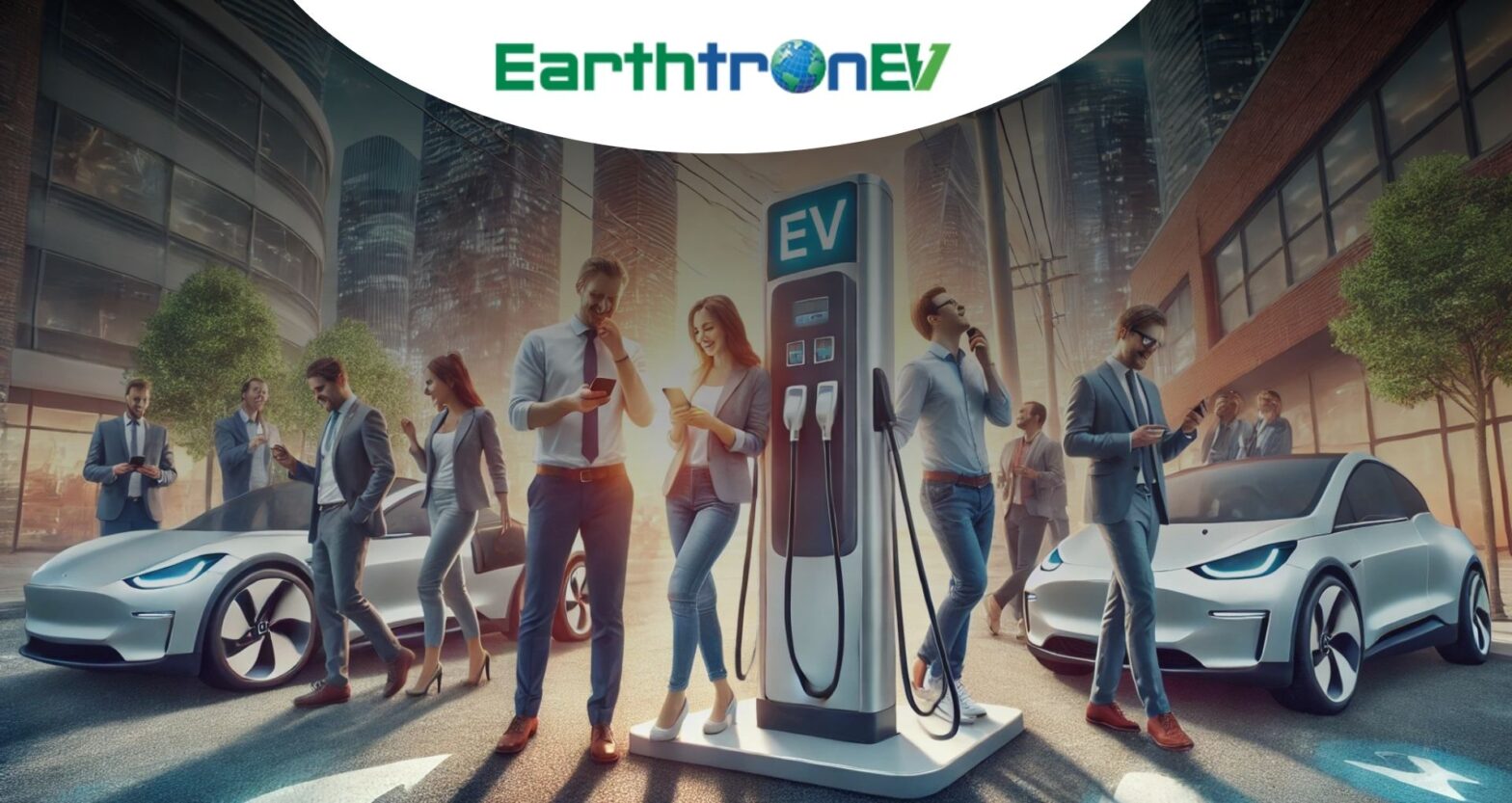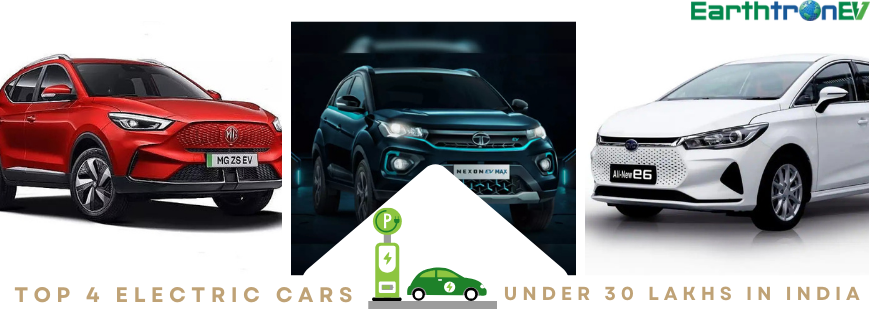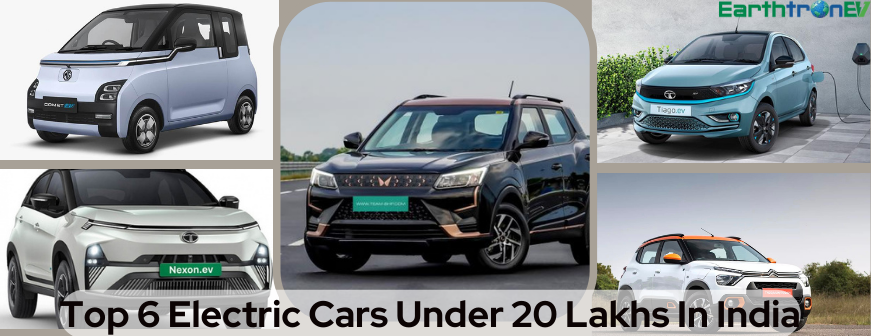Smartness and efficiency always matter more than anything. The mileage of an electric vehicle is the first attention that every EV owner thinks about before and after buying it. In several countries all over the globe, almost every week, companies launch EVs, and the number of EV vehicles will reach millions in the forecast years.
But considering this growth, the number of charging stations is currently much less in proportion to the number of EVs in many countries and is a matter of concern. This article will discuss how much power EVs need for charging, the average cost associated with charging, and dynamic load balancing.
Charging required for EVs
Today, due to the energy crisis, electric mobility has been rising at the highest demand all over the globe. Compared to other energy forms, the price of electricity still tends to be steadier and strives to be more stable and fluctuate less than diesel or gasoline. It has now become an appealing alternative for several automobile owners.
The amount of charging of an EV depends on the battery size of the electric vehicle and the driving behavior. A person who drives less will use less electricity than someone who drives a car more. So, it is unattainable to present the accurate rate of charging required for an individual since the rate varies per head.
The average energy consumption per kilometer is 0.20 kilowatt-hours (kWh) per km or 0.32 kilowatt-hours per mile. According to the U.S. Department of Transportation, the mileage covered by EVs for Americans is 13,476 miles per year or 36.92 miles per day on average.
This average EV charge consumption indicates that the domestic charger of electric vehicles will use, on average, 11.81 kWh per day to power the EV to replenish the coverage driven. Thus total, per month, it consumes around 353.3 kWh and per year 4,310.65 kWh.
Again, in European nations, the driving behavior varies significantly, and thus charging rate of the EVs also varies. The mileage covered by EVs for Europeans is 4,529 miles per year or 12.41 miles per day on average.
This average EV charge consumption indicates that the domestic charger of electric vehicles will use, on average, 2.48 kWh per day to power the EV to replenish the coverage driven. Thus, per month, it consumes around 74.40 kWh and per year 905.20 kWh.
But there is no exact amount that can determine the charging rate of EVs, as this depends on several factors like electricity price, the EV model, driving distance, country regions, and the country’s utility companies. EV users can calculate the expense of charging their electric automobiles by multiplying the energy utilized with the cost per kWh at home.
The cost of fully charging an EV (a Nissan Leaf) is around 8.68 USD or 14.88 Euro or 14 USD or 24 Euro for Tesla Model S.
Managing the meter box to charge the EV at home
It is inconvenient if users charge their EVs at home without concerning the stress of the electrical circuit. However, the right solution to charge an EV at home is to install a home EV charging station which is the safest way to accomplish this. These have specific designs with power-balancing wires and capabilities that manage the high loads of EV charging since it is an energy-intensive activity.
Dynamic Load Balancing
Many individuals have found significant efficiency and benefits of load balancing by installing modern EV home chargers. These chargers have built-in features that can control power usage and guarantee it tends to the most optimal and cost-effective stage. Dynamic load balancing is one of the efficient features which automatically regulate the electricity flow within the house depending on the capacity of the electric load.
Conclusion
Having an EV can be efficient but updating the charging capacity of EV power stations and adapting the dynamic load balancing can be the safest way to adjust the power drawn by the EV charging. The precise amount of electricity required to charge an EV is not constant and varies on factors like driving distance, EV model, etc.







